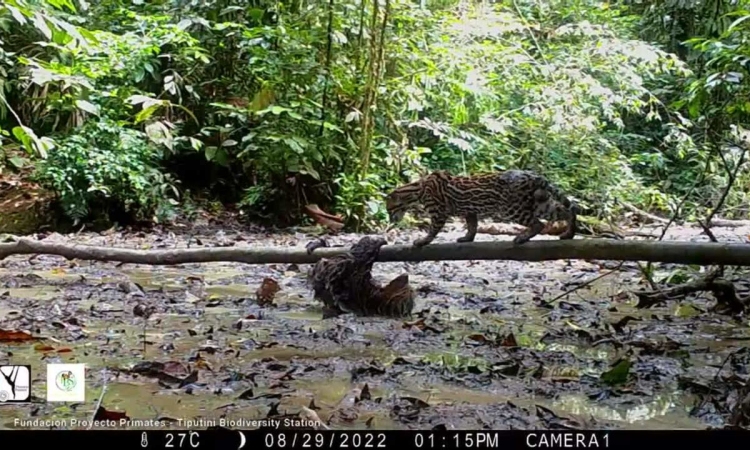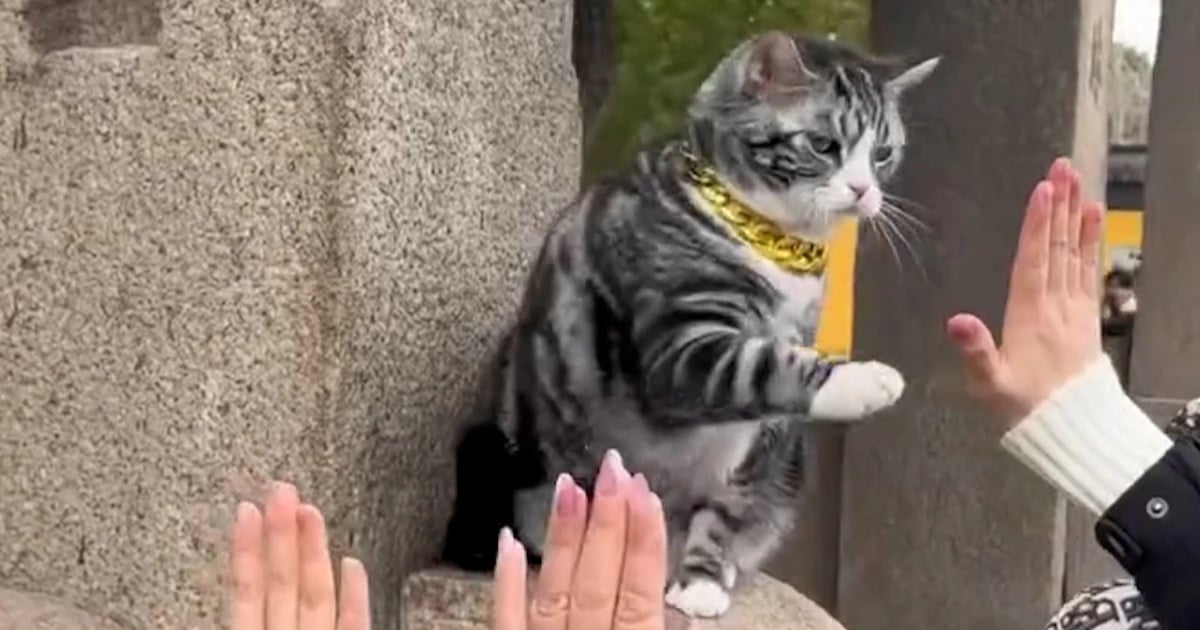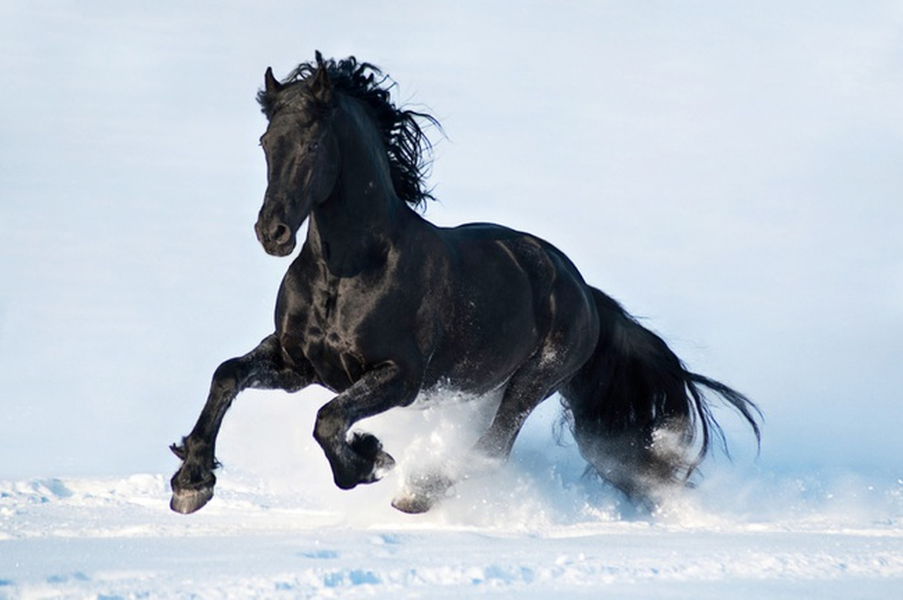Ecuador Camera traps in the Amazon wilderness capture rare video of a South American two-toed sloth escaping its agile predator, the ocelot.
Camera trap captures clash between South American two-toed sloth and ocelot. Video: Camila Bastidas Domínguez
Known for being slow-moving, tree-dwelling creatures, sloths are often thought to be easily outmatched by any predator on the ground. Camera traps in the Amazon wilderness have provided rare footage of such an encounter, and the footage is surprising as it shows how the sloth fights back and escapes from an Ocelot, Science Alert reported on August 10.
The incident took place at the Tiputini Biodiversity Center in Ecuador. The South American two-toed sloth ( Choloepus didactylus ) was attacked while visiting a swamp area called a mineral lick (where animals can go to lick essential minerals). The video shows the sloth repelling the predator, an ocelot ( Leopardus pardalis ), by using quick, clever jabs to create a relatively quick escape along a wooden beam across the swamp.
Such footage is rare, according to a team of researchers from the Universidad de los Andes (Colombia), the University of Texas Austin (USA) and the Universidad San Francisco de Quito (Ecuador). The new study was published in the journal Food Webs.
First, predatory attacks are not usually caught on camera. Second, sloths tend to visit mineral licks at night, when they are safer. Third, sloths have never been recorded as targets of ocelots, and experts are unclear about how the predator plans its catch.
"Two-toed sloths and ocelots are both difficult creatures to study. They are quiet, often hidden, and difficult to spot and observe in the wild," said Anthony Di Fiore, an anthropologist at the University of Texas Austin.
The team was unsure whether the sloth had escaped completely unscathed, given the limited visibility of the camera trap. However, they returned to the swamp two days after the incident and found no evidence of the sloth’s body.
The scientists say that such footage is useful in providing more information about the South American two-toed sloth and the ocelot, both about the sloth’s habits and the ocelot’s prey. The predator typically eats small creatures such as snakes, turtles, and frogs, but can also attack larger prey. The new research is also a reminder that animals that tend to move slowly and have slow metabolisms can still be opponents for agile creatures in the wild.
Thu Thao (According to Science Alert )
Source link




















![[Video] Approval of the Master Plan for the Construction of a High-Tech Forestry Zone in the North Central Region](https://vstatic.vietnam.vn/vietnam/resource/IMAGE/2025/4/12/93e860e3957940afaaab993c7f88571c)












![[Photo] "Beauties" participate in the parade rehearsal at Bien Hoa airport](https://vstatic.vietnam.vn/vietnam/resource/IMAGE/2025/4/11/155502af3384431e918de0e2e585d13a)































































Comment (0)